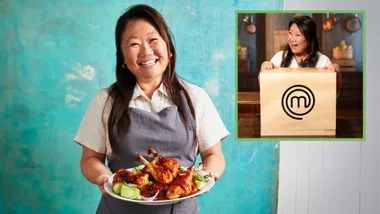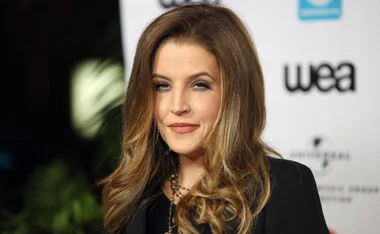On Canaan’s Side, Faber and Faber, $29.99.
Sebastian Barry woos with words. His lyrical prose carries you off on a warm and engrossing journey conjuring incredibly special characters, gently etched at first then skilfully coloured in as the story deepens.
On Canaan’s Side is told through narrator 89-year-old Lilly Bere, who as the novel opens is mourning her grandson, Bill. He has committed suicide, leaving Lilly feeling quite undone and alone — as if she should follow in his footsteps.
As her grief unfurls, so too does Lilly’s own remarkable life story, told in the form of final confessional, which she needs to put down before deciding whether her own curtain should fall.
We wind back to the day Lilly was forced to flee Ireland and her family with a boy she barely knew to start a new life, hiding in the shadows in America.
From this moment on, Lilly’s life is controlled by fear and looking over her shoulder. Every person she meets is a potential adversary, leaving Lilly continually on the run and disappointed in those around her.
Those she eventually puts her trust in come with their own equally fascinating baggage, while underpinning everything is the crucifying nature of war in its many forms — its power to crush the human spirit and destroy basic human contact.
While such subject matter sounds dark and potentially depressing, Barry’s skill is that he doesn’t present it as such.
In fact, Lilly is an incredibly upbeat, admirable character, able to take whatever life throws at her without judgement and move her own world to another place … again and again.
Lilly is a rationalist with the heart of a romantic and her maternal role in the novel is disarmingly comforting, despite the at-times brutal elements of her journey. Added to this is a refined thriller element to the novel and, as the tale gathers pace, the twists start to come thick and fast to a quietly explosive finish.
About the Author: Sebastian Barry
Best-selling novelist Sebastian Barry has won several awards and twice been shortlisted for the Booker Prize.
Born in Dublin in 1955, he was the son of an actress mother who performed at the famous Abbey Theatre and an architect father who was also a poet in his youth.
Sebastian, now 56, describes his childhood as “a curious mixture of crowded magic and being alone”. He decided to be a writer at the age of 19 — “just after I gave up on the idea of being the next Bob Dylan”.
His inspiration for On Canaan’s Side is “my friend Margaret Synge, when she herself was in her 80s and heard news suddenly that her beloved grandson, who had been in the Irish Guards in Afghanistan, had died by his own hand.
Margaret said to me, ‘Why didn’t He take me instead? I was ready to go.’ It was the saddest and bravest remark I had ever heard.”
JOIN THE AWW BOOK CLUB
In 30 words or less, tell us what is great about a book you are reading at the moment. The best critique will win The AWW Cooking School cookbook, valued at $74.95, and be printed in the July issue of The Weekly. Simply visit aww.com.au/bookclub, or email [email protected], or write to The Great Read, GPO Box 4178, Sydney, NSW 2001.
Newsletter conversion description. Get the latest in your inbox.

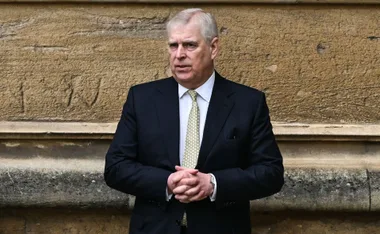
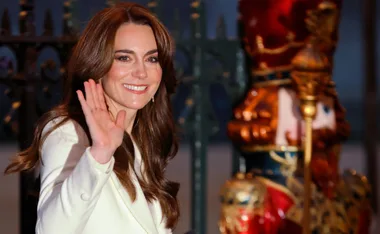











.png?resize=380%2C285)
.jpg?resize=380%2C285)

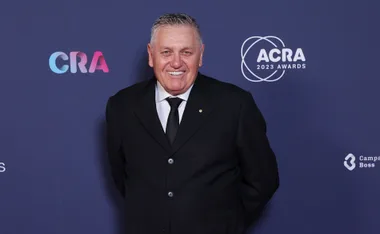


.png?resize=380%2C285)






